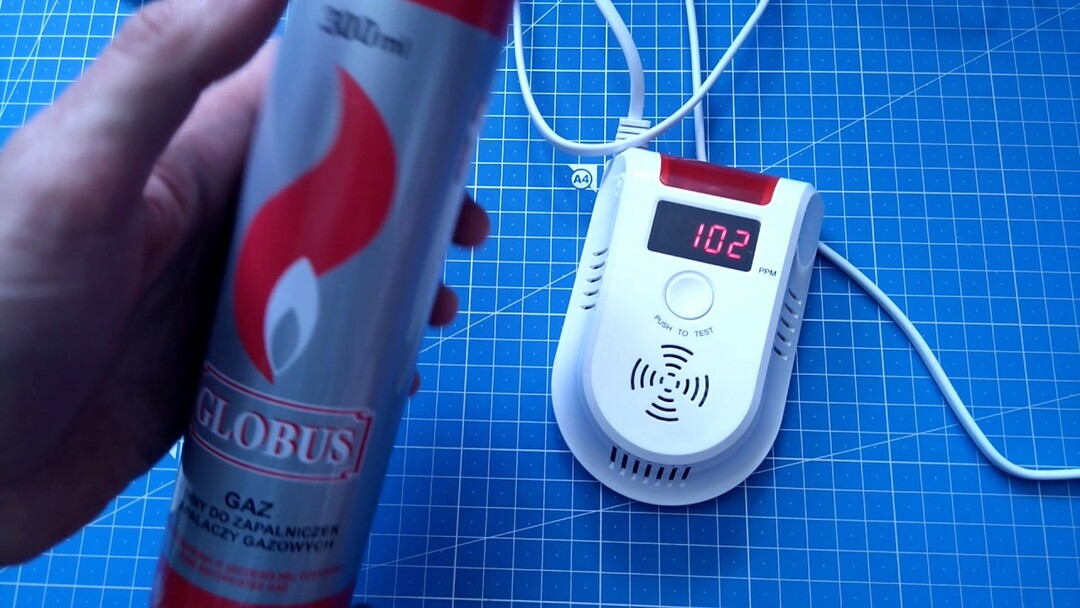Everyone sees their home as comfortable, and most importantly safe, right? But no one guarantees this, since dozens of gas explosions in rooms. Still, it is possible not to become a victim of such accidents. And a battery-powered gas leakage sensor will help with this.
We will talk about what such a device represents and what types can be found on the market in this article. Let's consider the principle of operation of various types of sensors and briefly describe the products of the most popular manufacturers on the domestic market.
The content of the article:
- What is a leak sensor?
-
Varieties and principle of work
- View # 1 - semiconductor sensors
- View # 2 - infrared devices
- Type # 3 - electrochemical devices
- View # 4 - catalytic type of sensors
-
Review of the best manufacturers
- Rubetek - when import substitution was successful
- Reliability and efficiency of ALFA GAS products
- Excellent value for money from Sapsan
- Solid and technological products SEITRON
- Conclusions and useful video on the topic
What is a leak sensor?
Modern battery operated gas leak detectors are self-contained equipment.
Which is intended for:
- fuel leak detection - allow effective and timely detection of a leak even before its concentration reaches critical values;
- gas leak alarm - sound, light notification, as well as messages to a pre-specified mobile phone number.
Wireless sensors are economical and also small in size, so they can be placed almost anywhere without compromising the aesthetic properties of the room.
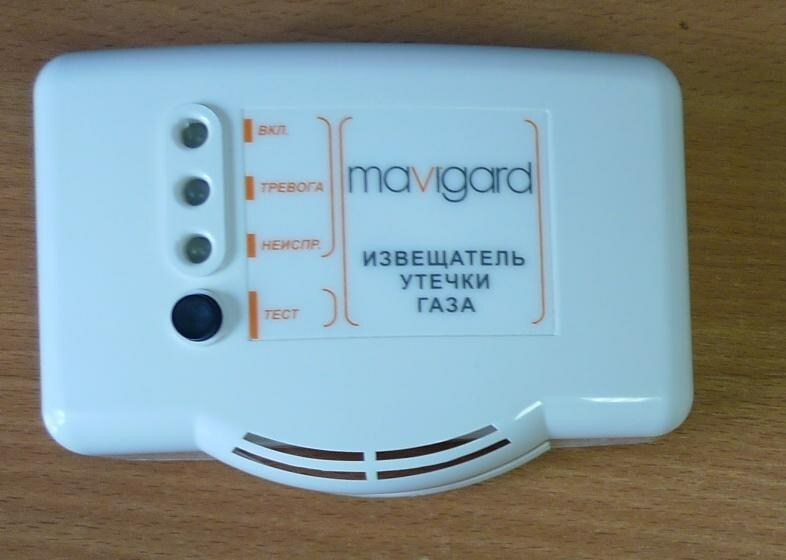
Devices designed for the notification of gas leaks, which operate on any batteries, are officially referred to by the manufacturers as wireless sensors.
Batteries provide this equipment with independence from power sources. And they make it possible to place them in any desired place.
Varieties and principle of work
To date, the production of several different types of devices has been mastered, capable of detecting gas leaks. Which, according to the principle of action, are semiconductor, infrared, electrochemical, catalytic.
These devices are divided into subspecies not only according to the principle of operation, but also according to a number of factors.
Namely by:
- scope - supplied household, general industrial, explosion-proof and special sensors;
- installation method - stationary, portable;
- design - single-block, multi-block.
The most affordable household products are suitable for use in housing, and the rest of the characteristics do not play a special role.

Wireless sensors are economical and small in size, so they can be placed almost anywhere without sacrificing room aesthetics
Next, let's take a closer look at the principle of operation of each type of sensor.
View # 1 - semiconductor sensors
Modern semiconductor sensors are capable of detecting natural gas and liquefied gas household gas. They are designed to measure the concentration of hydrogen sulfide, for which a semiconductor is used, the active material of which is tin oxide.
When heated, the surface of this chemical begins to actively absorb (absorb) oxygen molecules. Which then capture electrons, resulting in the formation of negatively charged oxygen ions. Which leads to an increase in the resistance of the semiconductor.
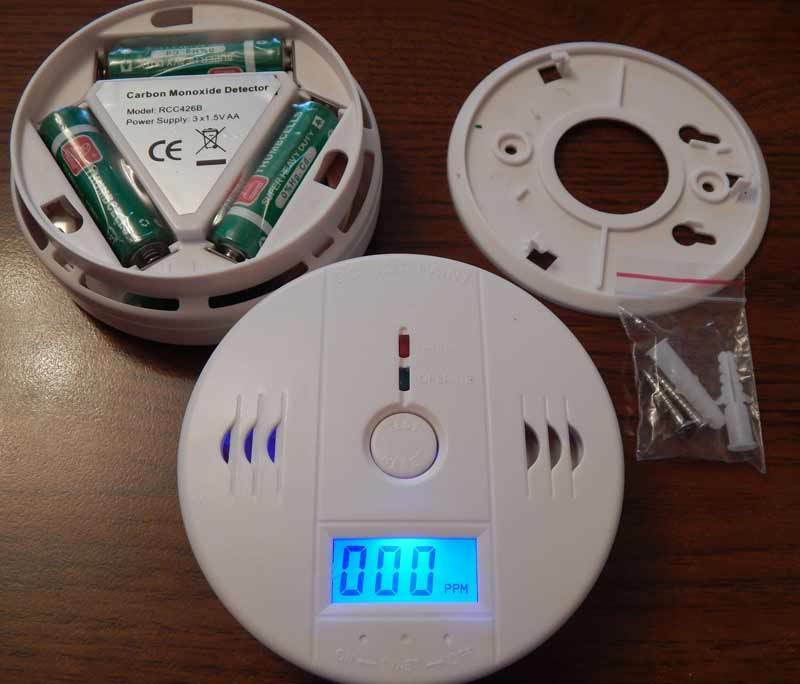
As batteries, most often, AAA batteries are used, which are popularly called "little fingers". They are inexpensive, and contain enough energy to provide power to the device for a long time.
And when gas leaks, its particles replace oxygen. As a result, a redox reaction occurs on the surface of the tin oxide, as a result of which the resistance on the surface of the semiconductor decreases.
Which leads to the formation of a signal about the presence of gas in the room and further information with the help of sound signals.
Additional information about the leak:
- highlighted on displays devices - if they are not provided, then light signals are used for signaling;
- redirected to mobile phone numbers.
As mentioned above, tin oxide is sensitive to changes in air characteristics, which makes it possible to generate a signal whose power is proportional to the gas concentration. As a result, for example, when there is a small amount of methane in the room, the sound notification can be intermittent. And when the concentration becomes explosive, the signal will become continuous.
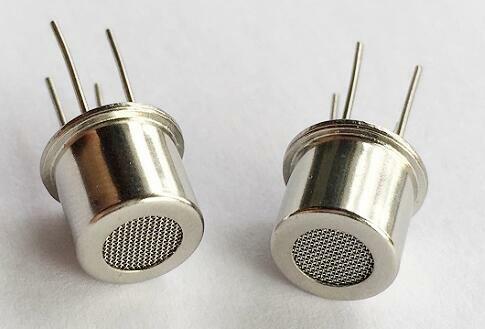
The photo shows semiconductor sensors. They are reliable, durable and affordable, so they are often used to detect gas leaks.
An important feature of semiconductor devices is that they can be used not only for signaling, but also for operation as part of the ventilation system of any room or building.
View # 2 - infrared devices
Infrared sensors are capable of detecting natural, liquefied gas in the air.
The principle of operation, unlike semiconductor analogs, is simple and consists of 3 stages:
- Indoor air intake.
- Investigation of an air sample in the infrared range.
- Analysis, which is a comparison of the air composition of a sample taken with established reference values.
Infrared sensors are distinguished by their accuracy, stability, as they are technological devices. To increase their efficiency, efficient processors and temperature sensors are used.
In addition, the presented type of products has a long service life.
Type # 3 - electrochemical devices
Electrochemical sensors are designed to detect the concentration of natural, liquefied gas in any room. Including during production processes.
Each device of this type has a sensing element consisting of several electrodes intended for an electrochemical reaction, immersed in an electrolyte.
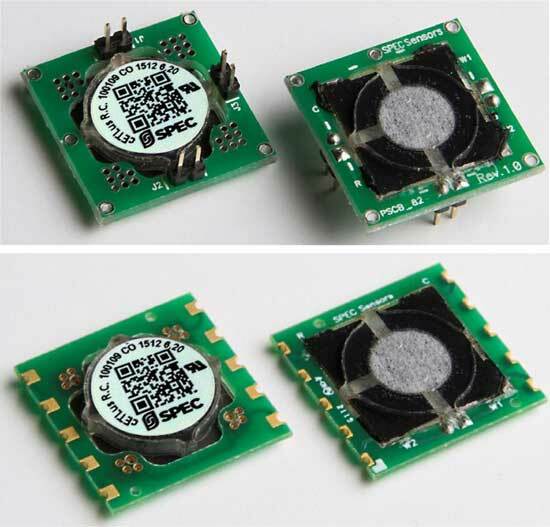
The photo shows electrochemical sensors. Their advantage is accuracy and reliability. In addition, such products are inexpensive, which makes them in demand.
The principle of operation is that air from the room penetrates into the part of the device where the redox reaction occurs on the electrodes. As a result of which the resistance changes and, if it decreases to a certain level, then a command is generated to give an audible warning signal. It is directly proportional to the level of gas concentration.
View # 4 - catalytic type of sensors
Catalytic (thermochemical) sensors are designed to detect natural, liquefied gas.
The main structural element of the devices of this type is a spiral made of particularly sensitive platinum. The resistance of which changes in the presence of gas, which is monitored by the electronics, which, when it reaches a critically low value, begins to signal a danger.
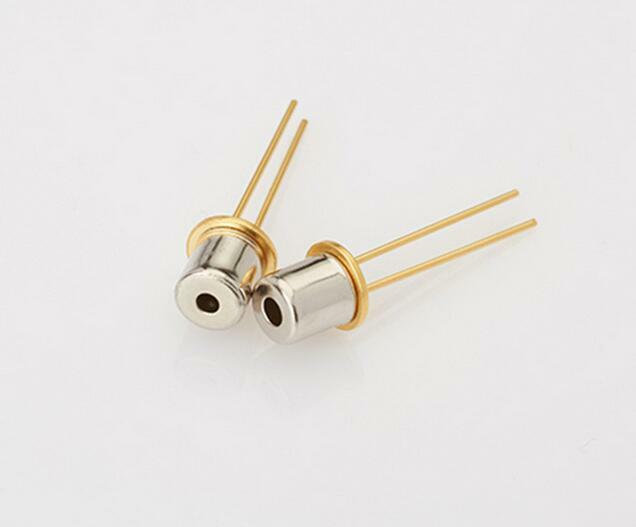
The photo shows catalytic sensors. Outwardly, they differ little from semiconductor analogs. Is that the design is stronger, since devices of this type work in more difficult conditions (when measuring, combustion occurs with the release of a significant amount of heat)
But the principle of operation of catalytic sensors is different from semiconductor, electrochemical analogs. Since in this case the resistance changes depending on the amount of heat that is released in as a result of a catalytic reaction (combustion without flame) when gas enters the internal cavities sensor.
Since during the described process there is a change in temperature, humidity, pressure, then in the design of any device presented type, a compensating element is provided, the resistance of which changes simultaneously with a similar parameter of the sensitive element (ball). That allows you to level the measurement errors.
Regardless of the principle of operation, the leakage sensors can be equipped with shut-off valve - the shut-off valve shuts off the gas supply when the sensor is triggered.
Review of the best manufacturers
A large number of manufacturers of sensors that detect gas leaks are represented on the domestic market. And all of them are little known to the consumer, since there are no transnational concerns with big names in this area.
As a result, buyers will have to be content mainly with sensors from Russian and Chinese companies. Among the many of which it is recommended to pay attention to manufacturers offering more reliable and quality products.
Rubetek - when import substitution was successful
Rubetek is a recognizable Russian company. Its peculiarity is that it is not really a sensor manufacturer, but rather a software developer, and of high quality.
That is, they take other people's products, call them by their own names, write programs for them and sell them. But since they do their job well at Rubetek, and the sensors themselves buy high-quality ones, their products are in demand.

To the right of the hood is a Rubetek wireless sensor. It is not only reliable, but also able to fit into any modern interior, which is also an advantage.
In addition, this developer should be given preference if there is interest in installing, in the future, other devices that make housing safe - smoke sensors, alarms, video surveillance systems, etc. Since Rubetek is engaged in the creation and integration of all of the above into a single whole.
Reliability and efficiency of ALFA GAS products
ALFA GAS is a Chinese manufacturer. He has been working in Russia for many years, supplying quite reliable and technologically advanced sensors. And most importantly, they are inexpensive, which the Russians like and therefore the company's products from China are in demand.
Excellent value for money from Sapsan
Another manufacturer from China supplies products under the name Sapsan. Its sensors may well cope with detecting gas leaks, as well as informing about it. Moreover, the signals can be both sound and in the form of a message to the owner's mobile phone.
The only drawback of Sapsan sensors is the cheap plastic used to make the housings. But at the same time, they have attractive aesthetic qualities.
Solid and technological products SEITRON
The birthplace of this brand is Italy. But this, most likely, is all that connects SEITRON sensors with the European Union, since they are manufactured in China, the developers are also located there. But this should in no way diminish the quality of the products under the indicated name.
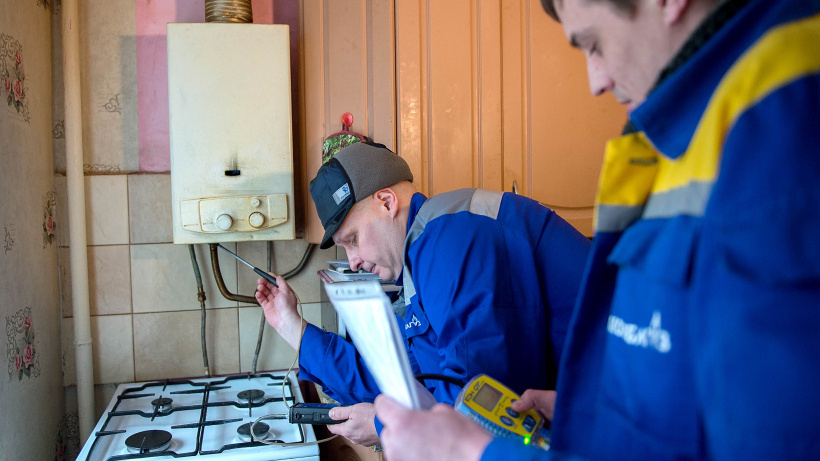
It should be remembered that after each triggering of the gas sensor, a specialist should be called in for a check. This should be done even if you think the danger signals were false.
Since these sensors are distinguished by their quality factor and manufacturability, that leaves a positive impression. In addition, they are often equipped with self-monitoring systems, which increases reliability.
But the cost of the products of this company belongs to the category of the most expensive, which does not always contribute to popularity. But, if the buyer has a priority on safety, then it is on SEITRON sensors that you should pay attention first of all.
You don't have a gas leak sensor yet, but are you confused by the pronounced smell of gas in your apartment? We recommend that you familiarize yourself with leak check methods at home.
Conclusions and useful video on the topic
The video below will help you understand how and when gas leak detectors alert you to a hazard.
Battery-powered gas leak detectors are state-of-the-art high-tech products. Moreover, they are able to work offline for a long time (for example, in many cases - a year or more). Therefore, such sensors can be trusted to ensure the safety of housing, any other room. But at the same time, you need to use the products of exclusively trusted manufacturers and follow their recommendations.
Do you want to supplement the above information with useful information that will be of interest to our readers? Write your comments and additions, participate in the discussion, share your personal experience of using the wireless sensor. If you still have questions on the topic of the article, ask our experts - the comment block is located below.


